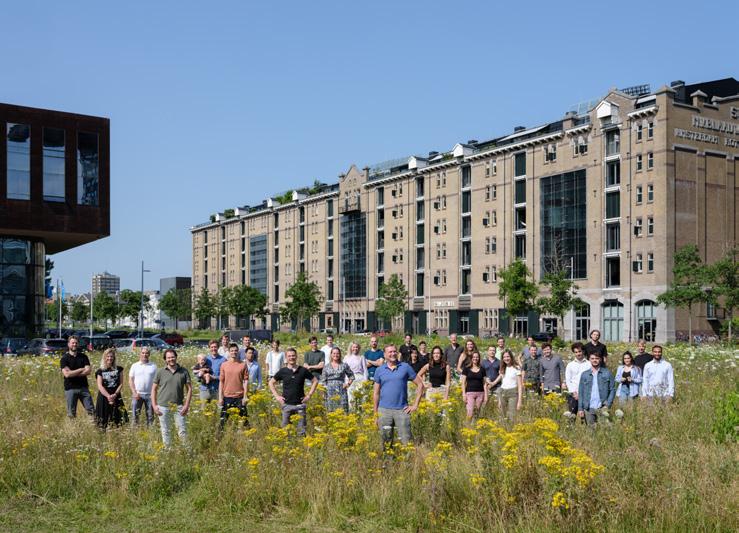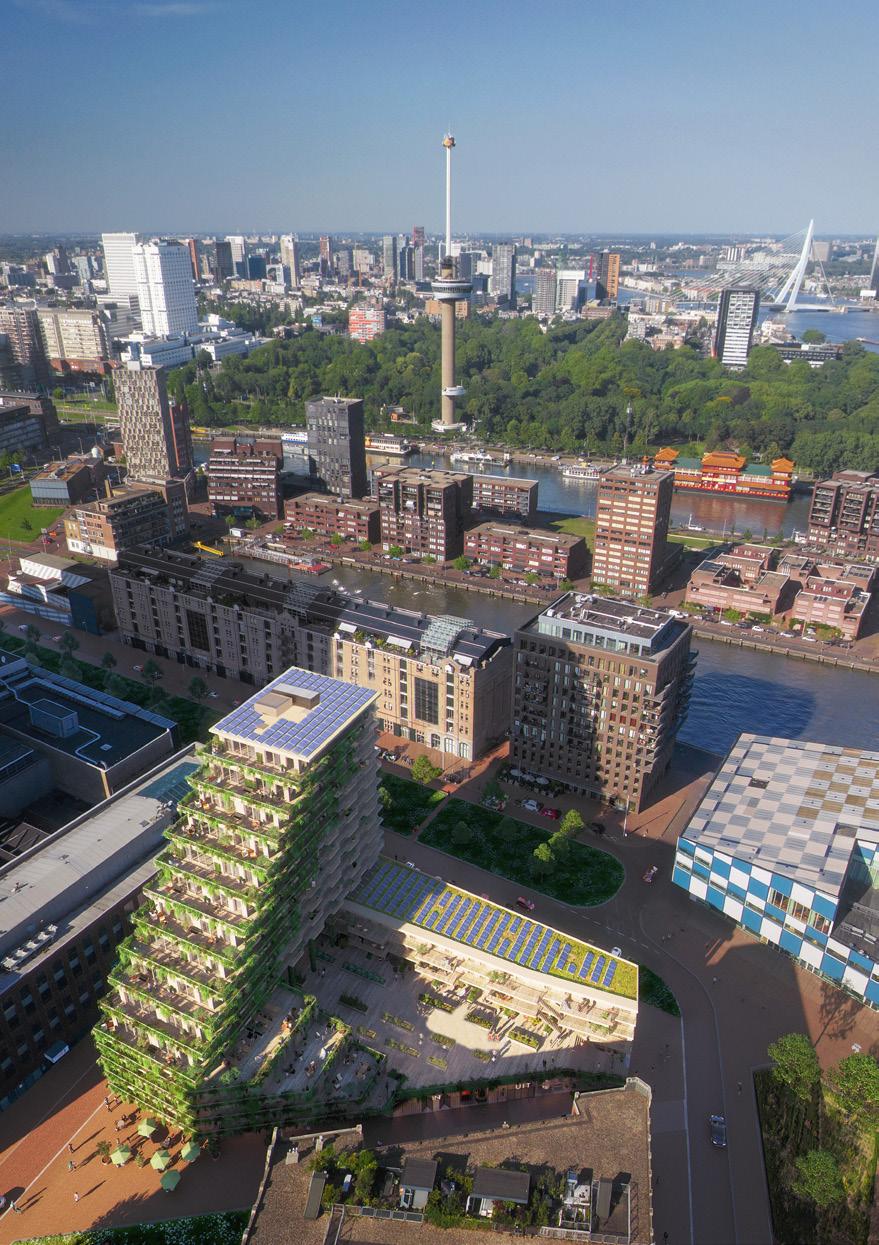SAWA Rotterdam

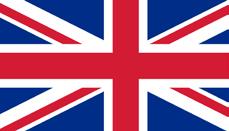





The circular wooden residential building SAWA is a model project for new generations, an important step towards sustainability goals and proof that things can be done differently. Behind this award-winning design lies the strong ambition of the client and architect to contribute to both CO2 reduction and the achievement of climate goals, and the addition of affordable housing and facilities that are of value to the entire neighbourhood.
What is exceptional about SAWA is that the building is built entirely in CLT (cross laminated timber) and Glulam (laminated timber), with the use of concrete kept to a minimum. This makes SAWA the first all-height wooden residential building in Rotterdam. The building is distinctive in its appearance because of the generous green terraces, which refer to the history of the location while enhancing biodiversity in the neighbourhood.
The conviction and decisiveness of both client and architect to not only design but also realise a revolutionary concept like SAWA is fuelled by the ambition to contribute to reducing CO2 emissions and achieving (inter)national climate goals on the one hand, and to create affordable housing on the other.
SAWA is development by NICE Developers in collaboration with ERA Contour and the Municipality of Rotterdam. The design is by Mei architects and planners. This brochure, a joint publication of Mei architects and planners and NICE Developers, provides more information on the context and design concept of SAWA.


Client: NICE Developers & ERA Contour
Architect: Mei architects and planners
Contractor: ERA Contour
Constructor: Pieters Bouwtechniek
Building physics consultant : DGMR
Fire consultant: Adviesbureau Hamerlinck
Building cost consultancy: Maatwerk in Bouwadvies
Wood innovation and sustainability: Aldus Bouwinnovatie
Technical timber construction: Pirmin Jung & Derix Group
Wood supplier: Derix Group
Ecology: Copijn
Biodiversity: Bureau Stadsnatuur & Piet Vollaard
Wind nuisance survey: Peutz
Architectural consultant: Duoplan
Real estate agent: Kettner Makelaars
Solicitor: Westpoort Notarissen
visualisations: Mei architects and planners, WAX & De Beeldenfabriek

From port area to vibrant residential and business district
The Lloydkwartier has a rich maritime past that goes back to around 1900. The Lloyd pier is named after the shipping company Rotterdamsche Lloyd, which built a terminal on the pier from where its passenger ships departed to the east of the world. The SAWA building owes its name to the stepped shape with generous green terraces, as a reference to Eastern rice fields and to the history of the site.
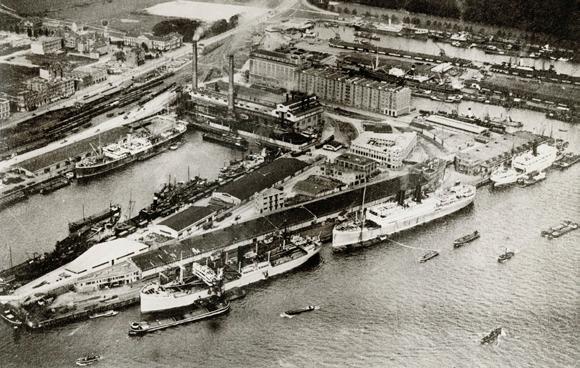

The Lloydpier is one of the most water-rich neighbourhoods in the centre of Rotterdam. The district is characterised by a mix of architecture: from transformed monumental warehouses and old harbour monuments to unique new buildings. Thanks to the multitude of cultural and culinary hotspots, the proximity of the inner city and the parc, the tough character of the area and the view of the water, the Lloydkwartier has grown over the past 15 years from an industrial harbour area to a popular residential area.
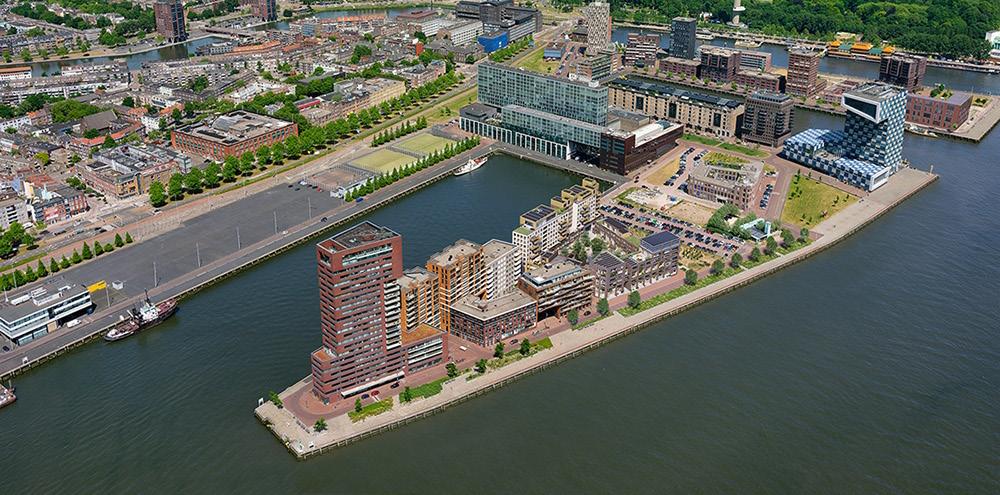
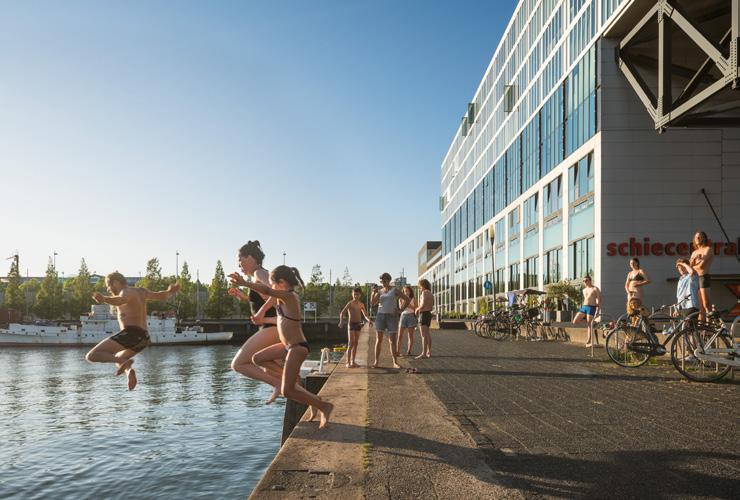
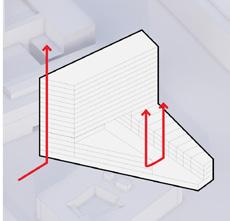
Zoning plan model
+ maximum m2
- hard, high walls
- doesn’t take surroundings into account (sightlines, users)
- dificult plot shape
- dark streets
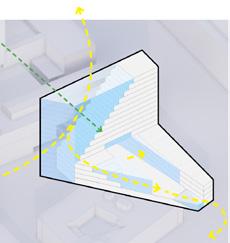
Improving relation to surroundings
+ softening the living block
+ taking sightlines into account
+ creating better square space
+ more air in the streets
+ addition to the existing buildings
+ easy accessible deck for joint use
+ larger underpass for better sightlines
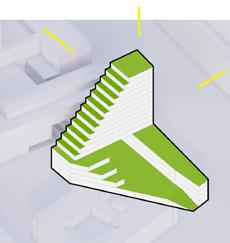
Suggested volume
“A building volume that responds to its environment, has a living deck at +1 and with an optimal living pleasure for its user”
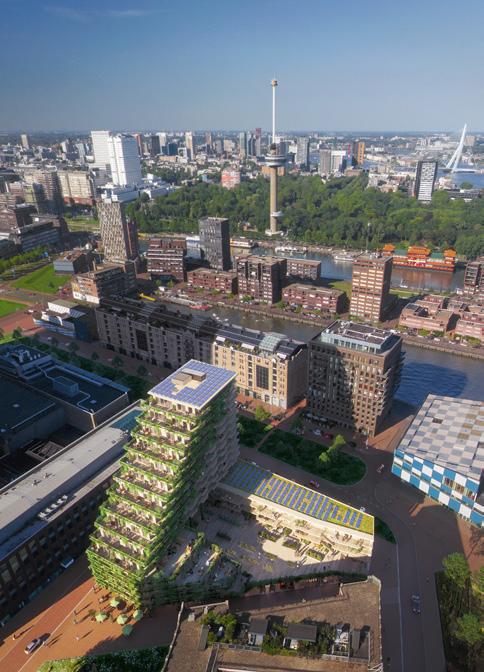
→ The name SAWA refers to Eastern rice fields and history of the site
→ The building volume responds to its environment
→ Green link: connecting the neighborhood garden to the green deck on +1, extending up to the terraces
A conscious choice was made to reduce the building volume of SAWA compared to the zoning plan model and to introduce a stepped volume on the west side. This comes with several advantages. The new volume connects SAWA to the surrounding buildings in the Lloydkwartier and takes existing sight lines into account. An open square will be created on the west side of the lot and air and light will be preserved in the streets. The building’s shape also provides spacious terraces for the residents and a large communal deck on the first floor.
SAWA’s design is based on four key core values: CO2 reduction, enhancing biodiversity and creating a circular building with affordable housing for an inclusive community.
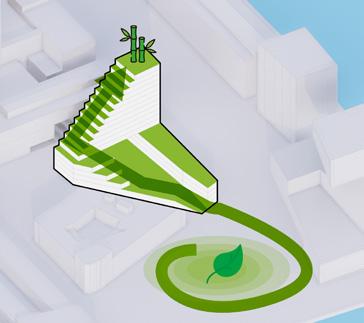
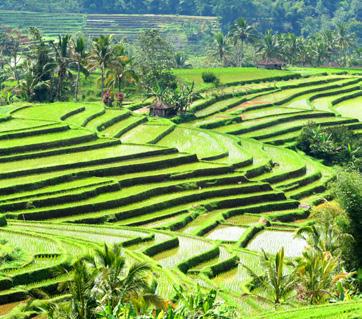
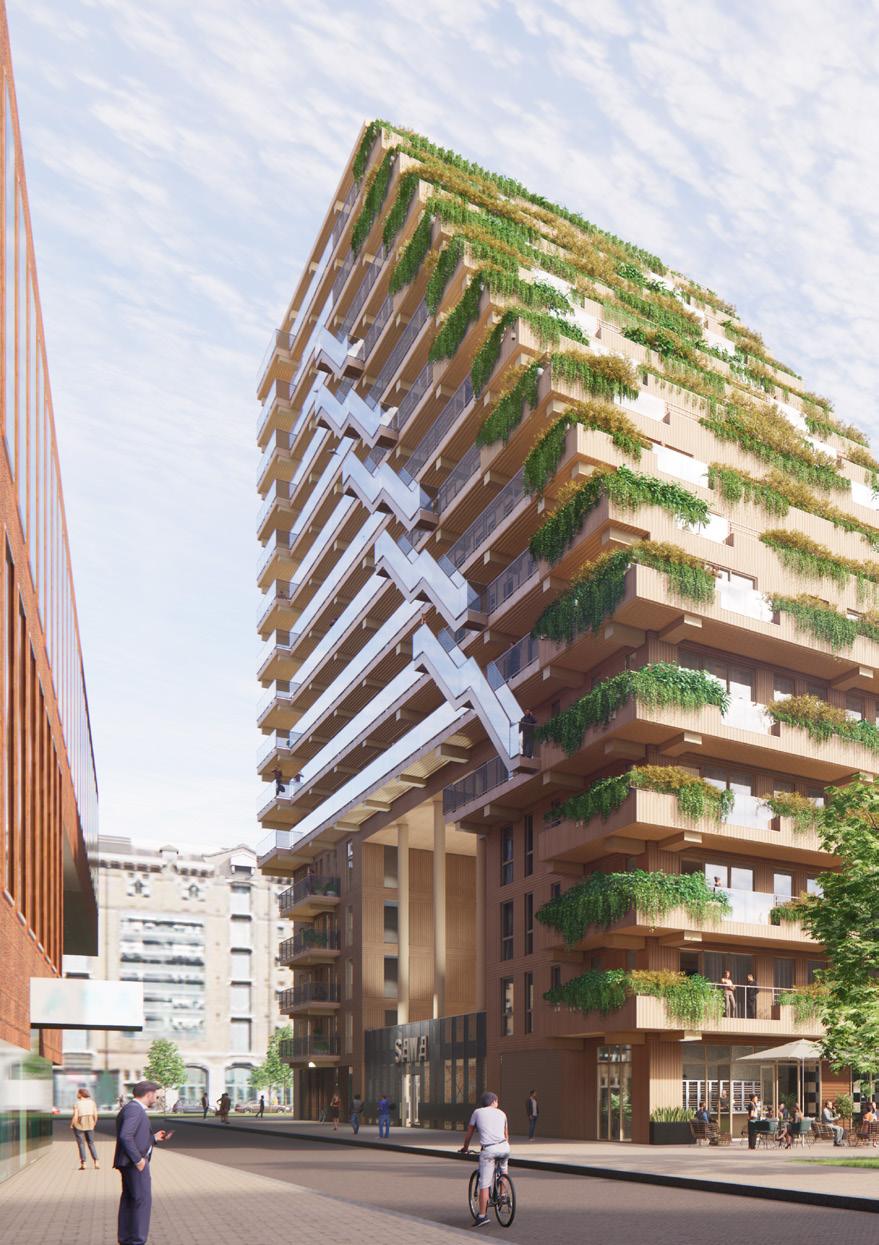
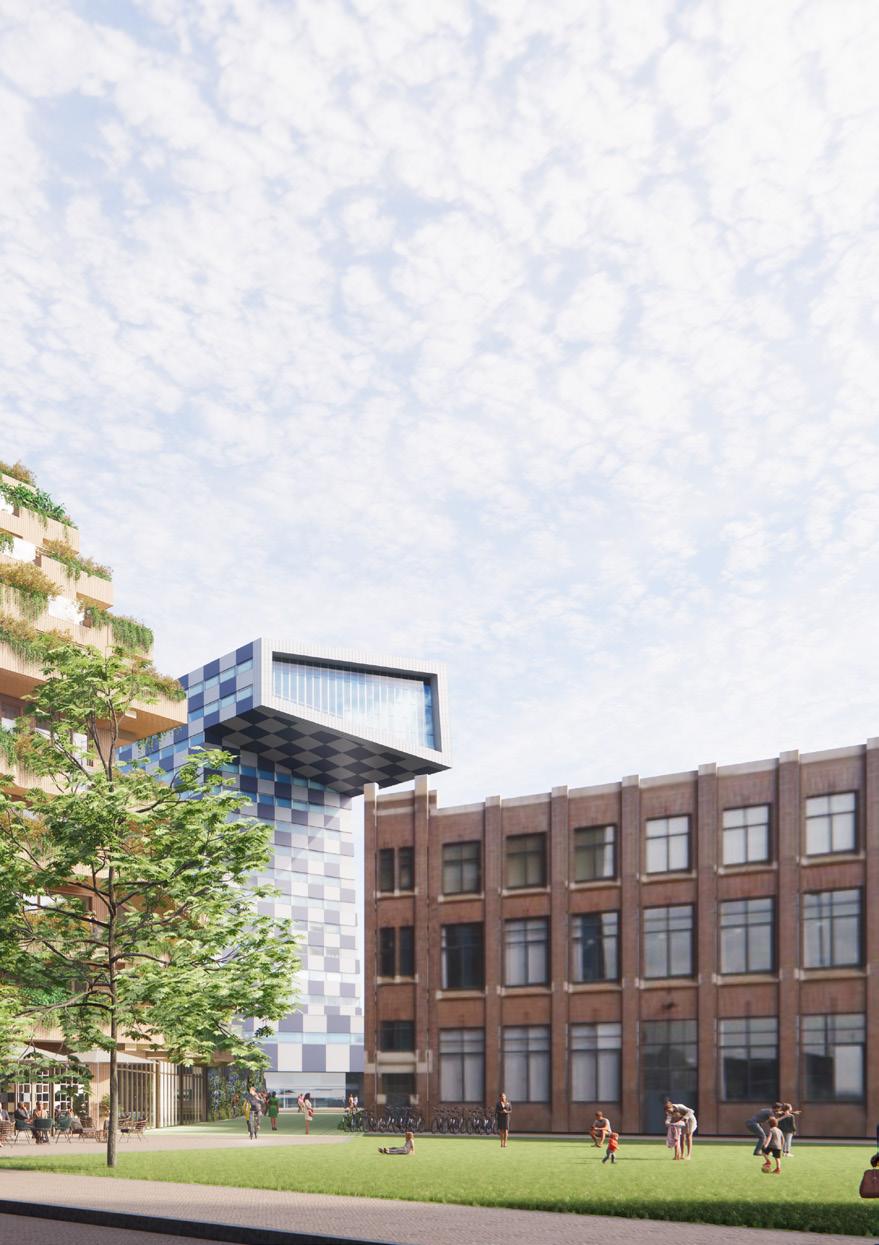
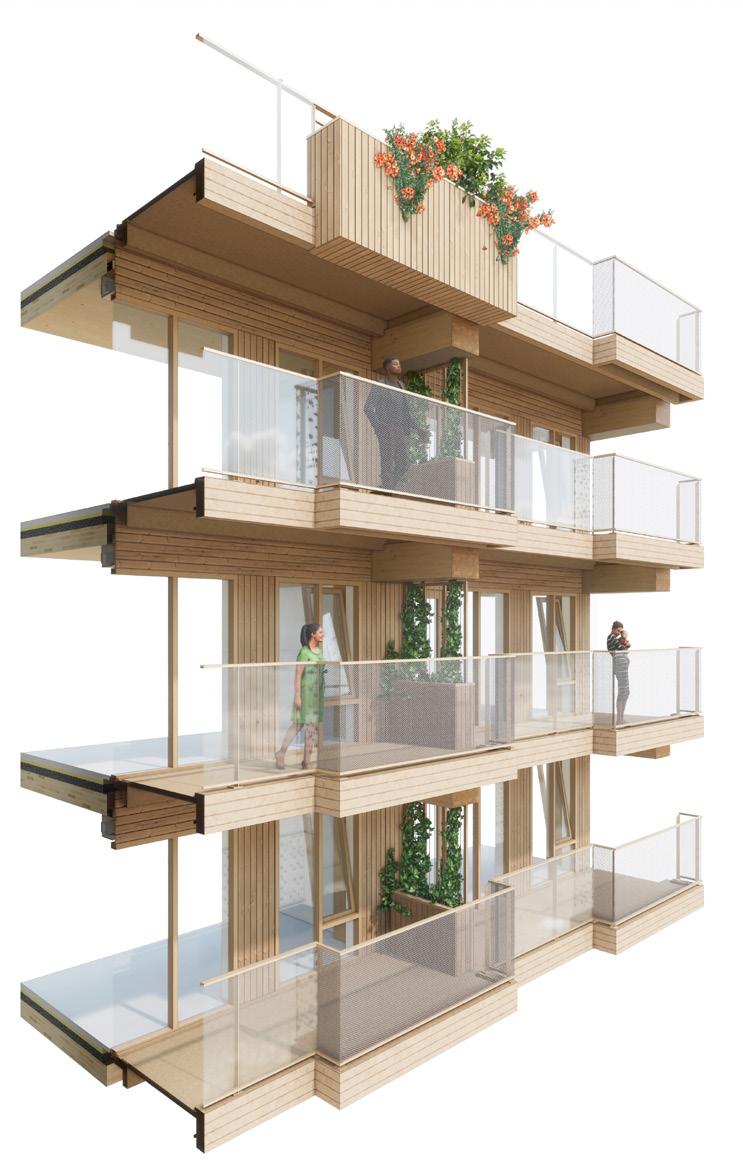
→ Groundbreaking approach to timber construction to make a lasting impact
→ Paris proof design
→ Hout is veiliger, sneller, duurzamer én herbruikbaar
In the context of the Paris and Glasgow Climate Accords, European Green Deal, UN Sustainable Development Goals and Rotterdam City Council targets to reduce CO2 emissions, the client and architect share the ambition to build the building almost entirely in Cross Laminate Timber (CLT) and Glulam (laminated timber).
Together with a team of experts, existing solutions are combined, and innovations are designed to optimize the application of wood; minimizing the amount of concrete and steel in the design; and solving the resulting fire, noise, and vibration problems.
Apart from the advantage that wood stores CO2, thus reducing emissions, it is an excellent building material. Compared to concrete, wood is lighter, faster, safer, more durable and also reusable. In addition, the use of wood increases living comfort.
At SAWA, the wood in the residences and on the galleries and balconies is kept in sight as much as possible. Only where the perception of the wood is minimal (storage room, toilet, bathroom e.g.), the wood is finished with plaster.
Most of the design solutions and technical elaborations are not new in themselves. SAWA’s innovation lies in the combination of all the elements that contribute to the construction of a 50-metre-high residential building, whose main load-bearing structure consists of 75% biobased and circular materials. SAWA is thus a exemplary project for new generations, an important step towards sustainability goals and demonstrable proof that things can be done differently.
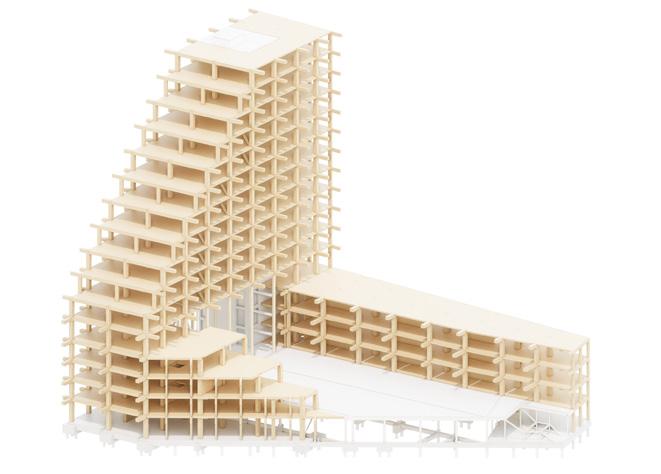

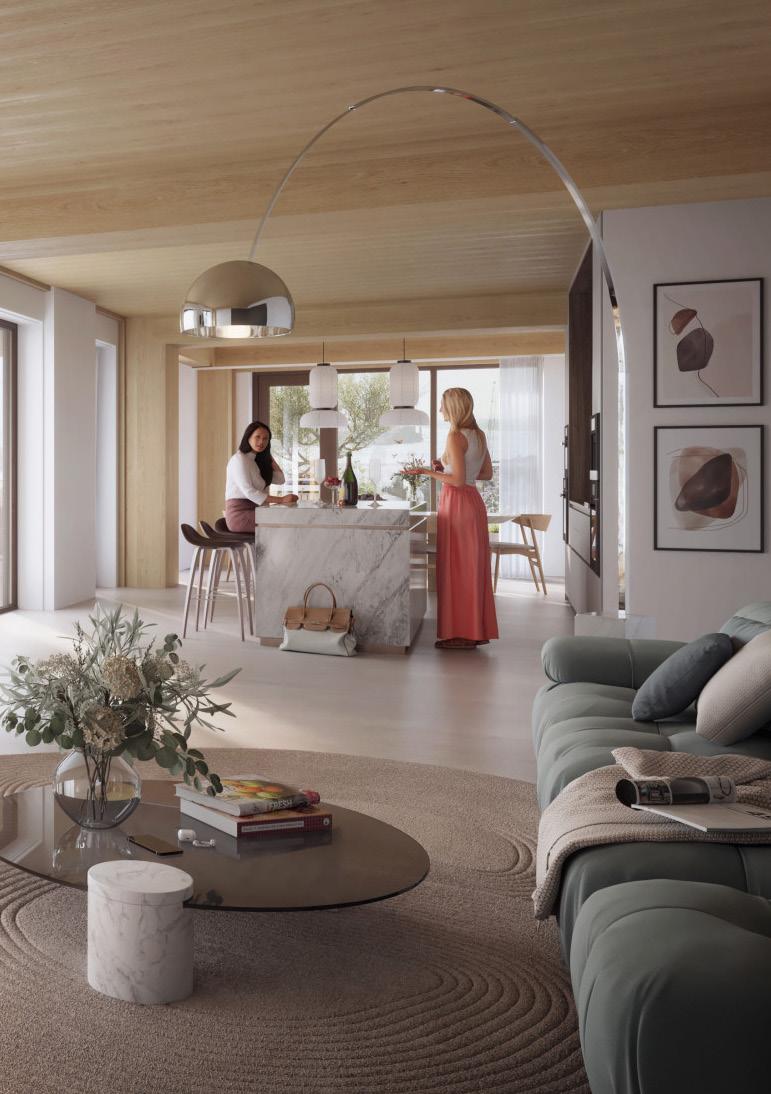
Geen dragende wanden
Geen dragende wanden
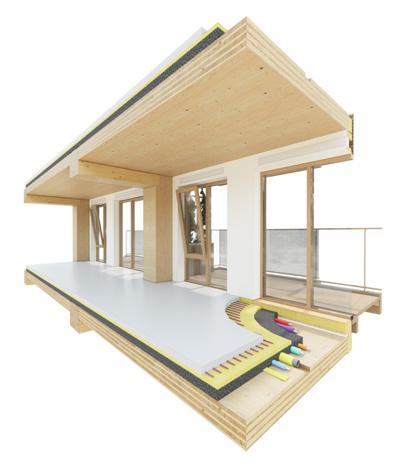
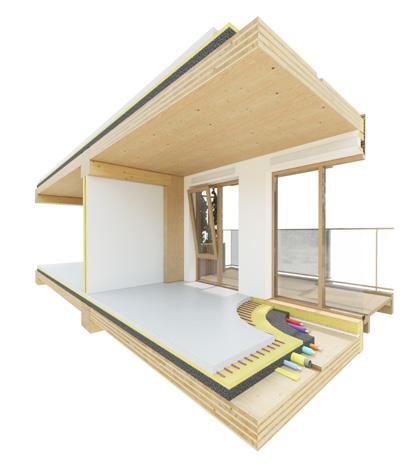
galerij
galerij
meterkast
meterkast
schacht (mechanische extractie, riool, ventilatie)
schacht (mechanische extractie, riool, ventilatie)
houten kolom (gelamineerd hout)
houten kolom (gelamineerd hout)
houten balk (gelamineerd hout)
houten balk (gelamineerd hout)
galerij
→ Demountable to pure building material
→ Dry mass for maximum flexibility and separability
→ Open building for maximum freedom and future-proofing
SAWA is built using a modular timber construction system consisting of columns, beams and floorboards. SAWA sets a new standard when it comes to circular construction with a floor composed of CLT topped with dry ballast instead of concrete. As a result, the components in the floor are fully circular and the materials are detachable and reusable in the future (urban mining).
SAWA’s design is based on the Open Building principle: the main load-bearing structure is not composed of closed walls, but is instead an open structure of columns and beams. This creates a high degree of flexibility and free layout for both first-time buyers and future generations and contributes to the future-proofing of the building.
The structure is made of Cross-laminated Timber (CLT). The trees used for SAWA come from sustainable production forests in West Germany. For every tree that felled, four trees of a different species are planted back.
SAWA is a low installation building, with a healthy indoor climate and possibilities for future adaptations. The flats are equipped with a CO2-controlled ventilation system. As soon as too much CO2 is measured in the flat, the ventilation system turns on and fresh outside air enters the flat rooms directly. The district heating is sustainable and PV panels will be installed on the roofs. The energy generated by the PV panels will be used for example to charge the shared cars.
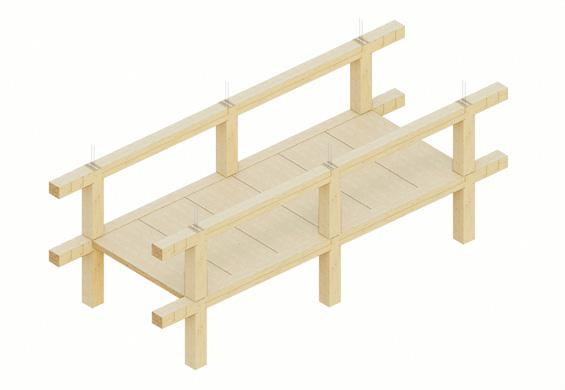
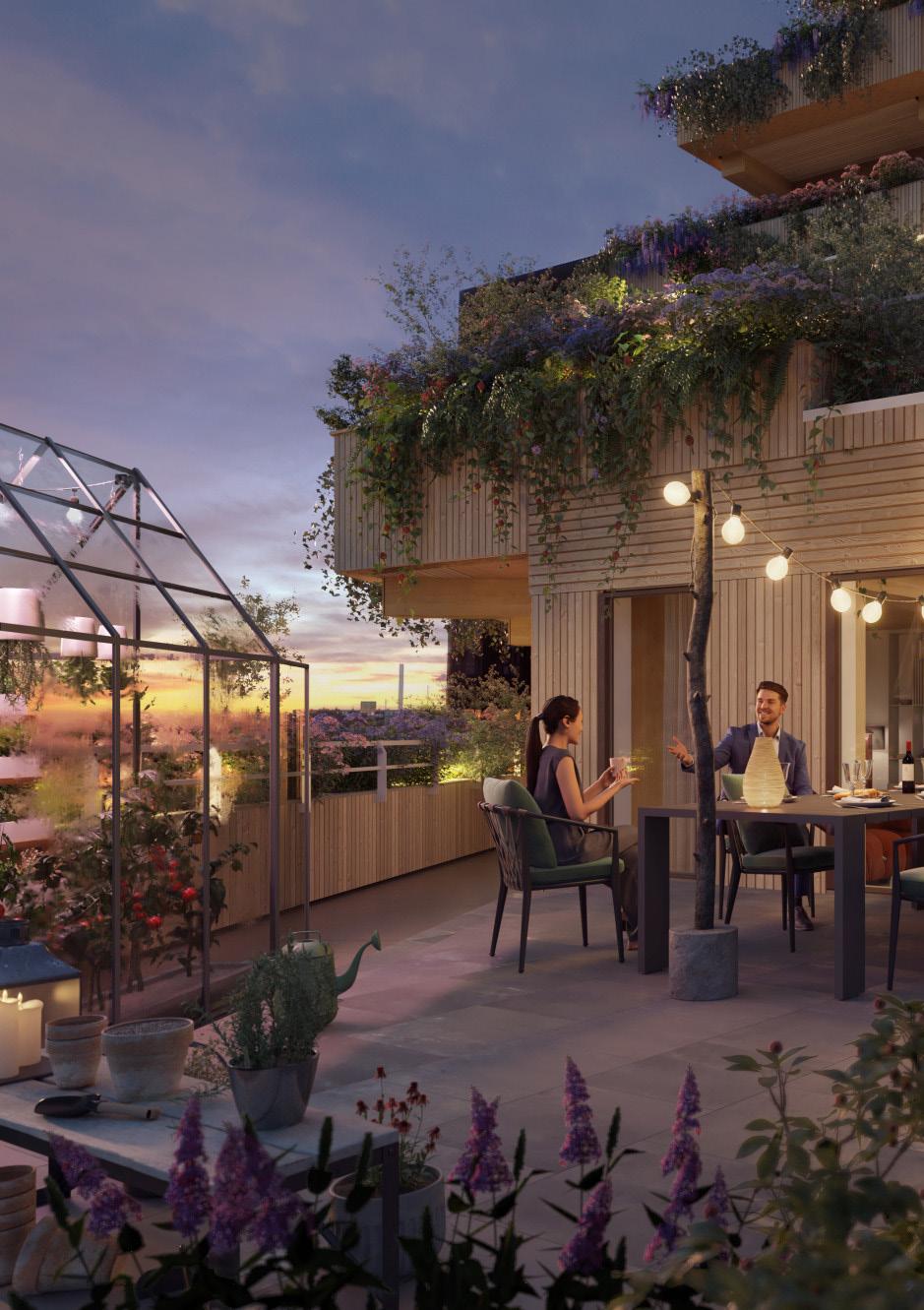
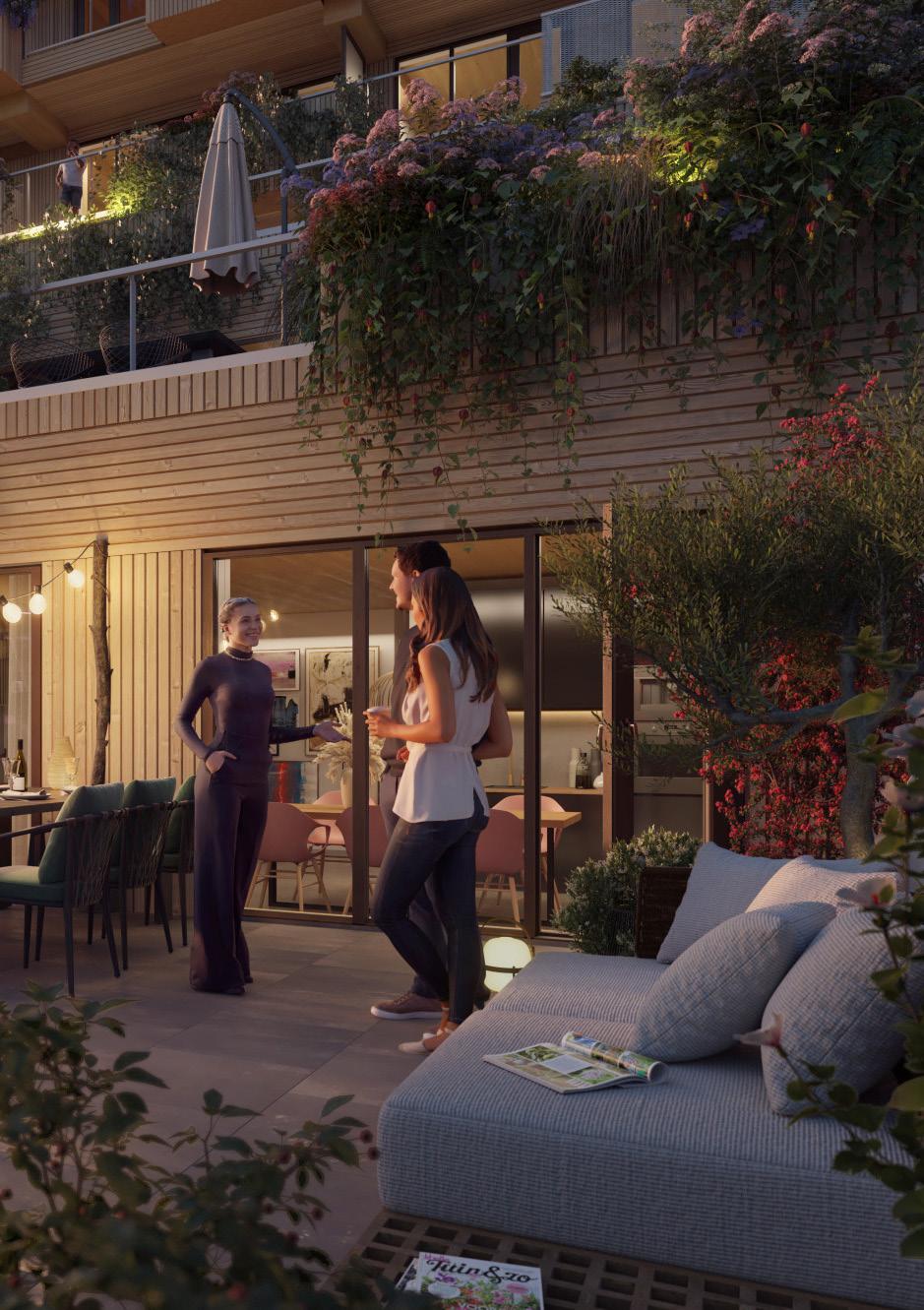
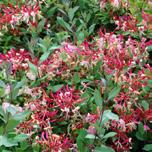
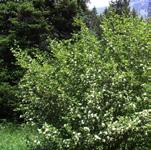
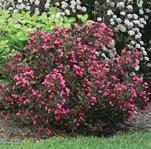
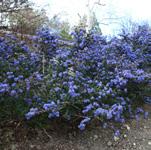
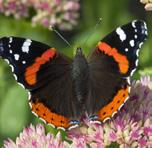
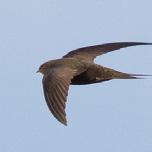
SAWA breaks ground for the Black redstart
Groundwork started at SAWA in August 2022, with the top layer of earth being excavated to make room for the foundation. This soil was not simply removed; ten bigbags were filled to the brim at the construction site.
The soil on which SAWA is being built is full of roots and seeds of plants that were already there or spontaneously arrived. By saving the top few centimetres of earth from the construction site, the seeds in it are saved.
This fertile soil is now being temporarily stored. Once SAWA is ready, this earth will be applied to SAWA’s roof so that the native plants can start growing there. With this ‘brown roof’, SAWA contributes to biodiversity in the neighbourhood and the black redstart, a frequently spotted guest in the Lloyd Quarter, will continue to visit SAWA.

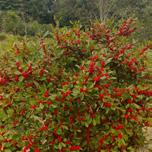
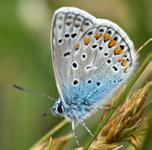
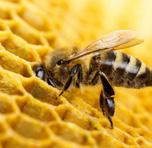
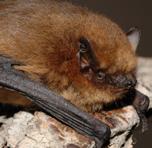
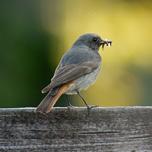
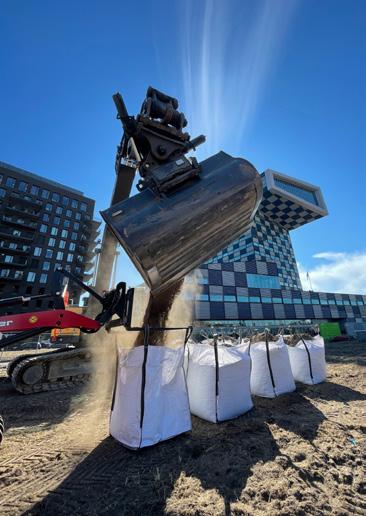
→ 600 linear metres of planters
→ Year-round green plan provides good habitat for birds, bees and butterflies
→ 140 integrated nesting boxes
Migration to urban areas continues, and Dutch cities continue to grow steadily. Unfortunately, the quality of life in cities is increasingly suffering from this growth. The effects of this urbanisation on the human ecosystem, such as flooding, heat stress and an increase in CO2 emissions, are becoming increasingly apparent.
At the same time, the habitat of birds, bees, butterflies and other insects is significantly reduced by the continuous expansion of urban buildings and petrification of our environment. SAWA’s design heralds a turning point in this development and contributes to fostering a healthy living environment for both people and animals.
In collaboration with city ecologists and biologists, SAWA has been designed nature-inclusively. For example, 600 linear metres of perennial flower and plant containers on the terraces and balconies are included in the design. The planting is site-specific (depending on the orientation to the sun and the height in the building) and chosen in such a way that the plants provide food for the animal species. Nesting boxes will be installed on and attached to the building, providing safe shelter for birds and insects. As a result, SAWA connects to existing ecological structures in the city and enhances the biodiversity of the neighbourhood.
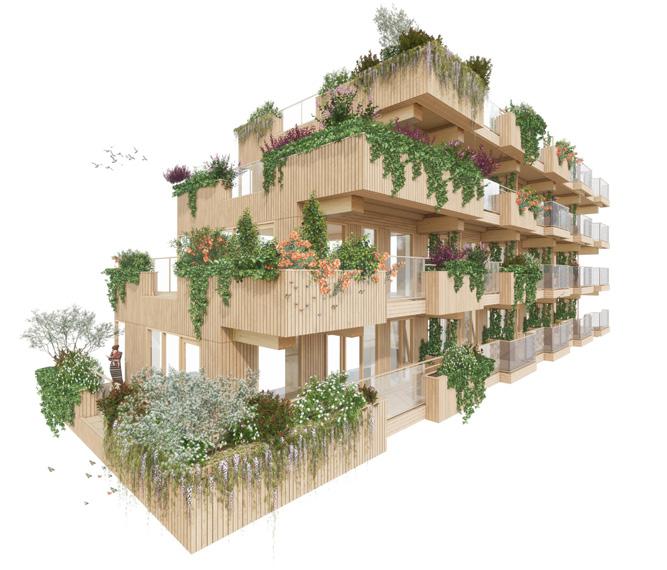
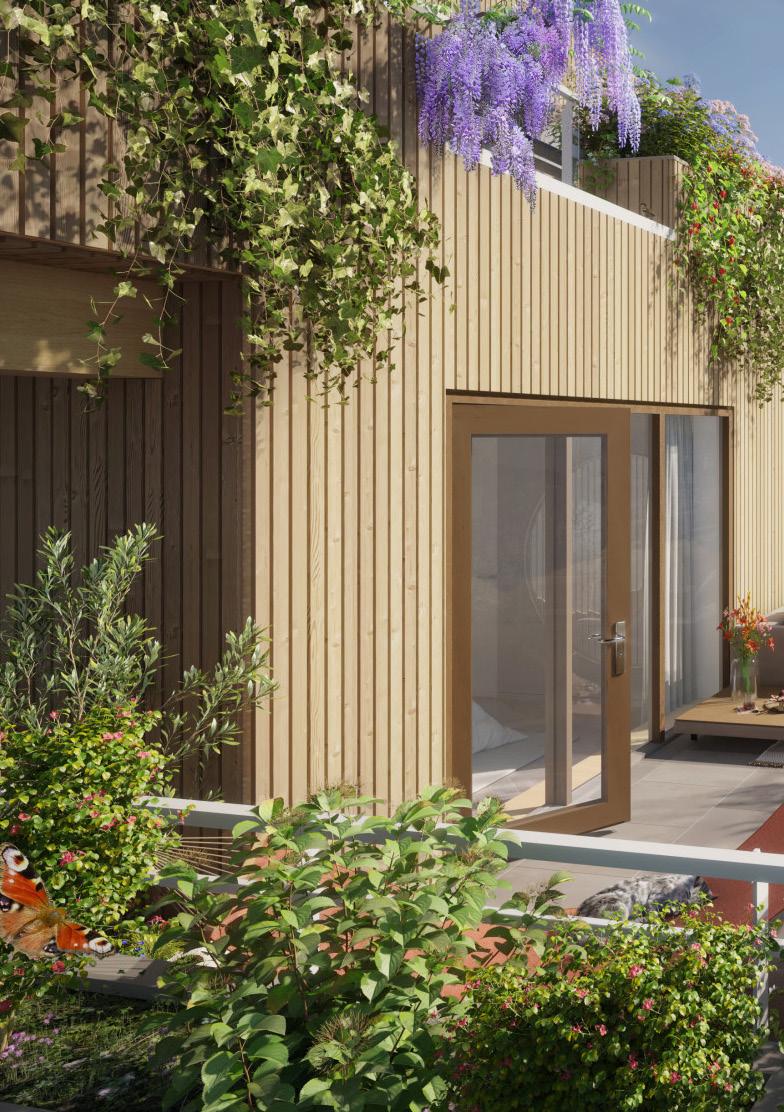

“SAWA, also known as the ‘healthiest building in the Netherlands‘, is thus a model project for new generations, an important step in the sustainability goals and demonstrable proof that things can be done differently.”
Robert
Winkel, Mei architects + NICE Developers
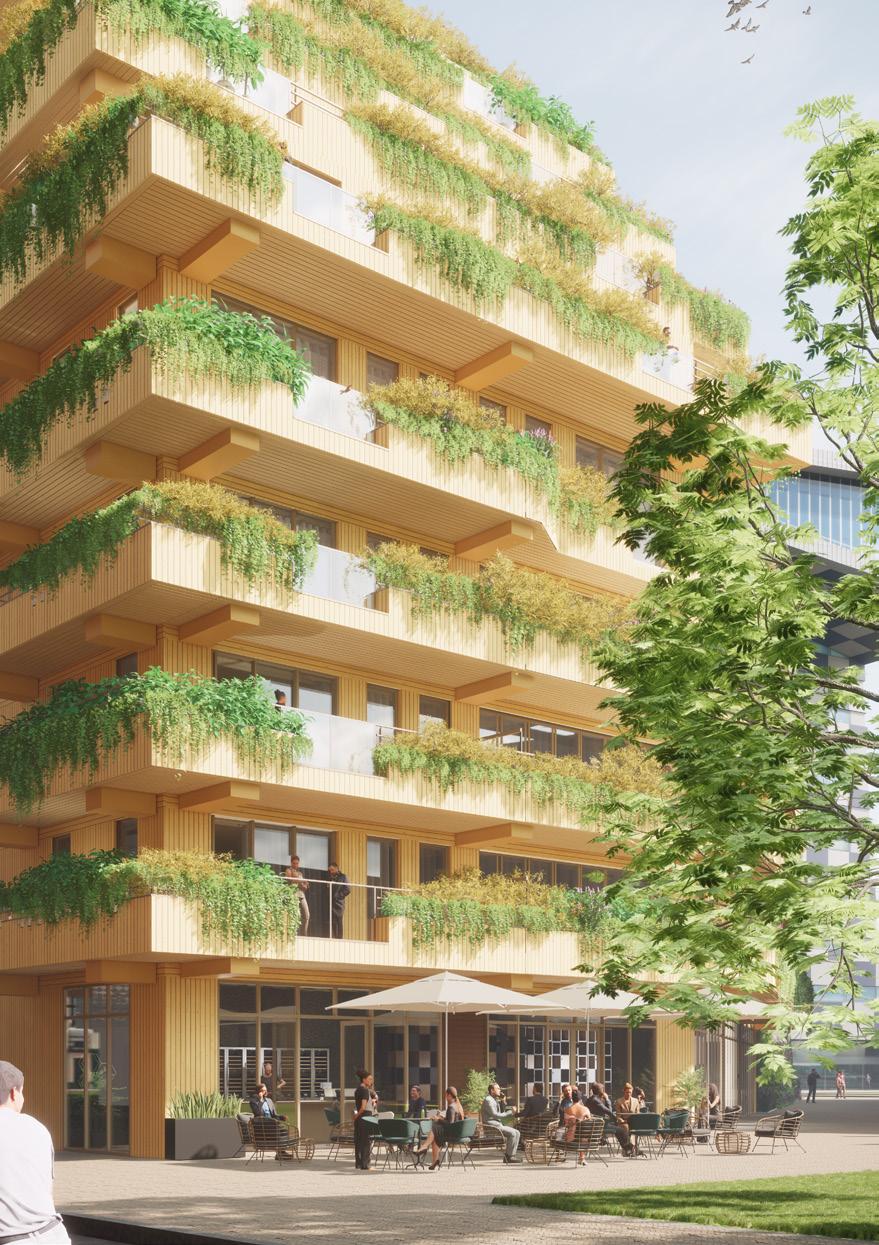
→ 109 residential flats
→ 50% affordable rent
→ A mix of mid-rent, free sector rental and free sector private sale
SAWA contains 109 apartments, with sizes ranging from 50 to 285 square metres. In addition to 39 owner-occupied properties, the programme also includes 20 free sector rental flats and 50 mid-rent residences. This variation in area and price ranges ensures a wide variety of options and makes SAWA accessible to different income groups, which has always been one of the core values of this project.
From the very beginning, the aim was to create affordable housing in SAWA. Almost half of the total number of homes fall within the middle rental category, with monthly rental prices between 700 and 1,000 euros. With this, we ensure that middle-income people in particular are given the opportunity to live in SAWA.
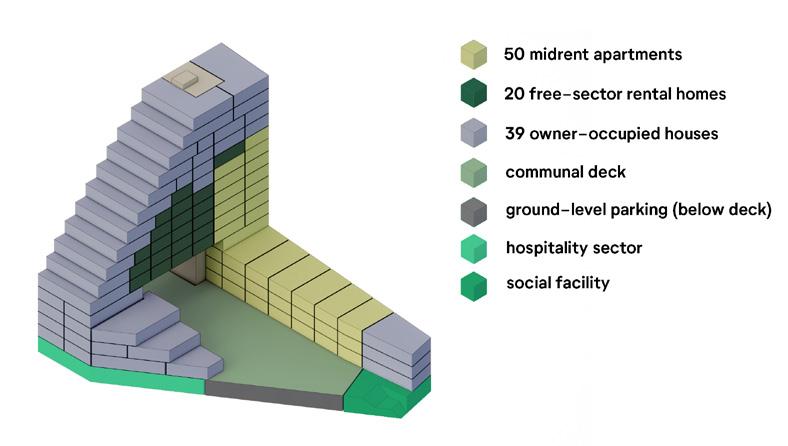
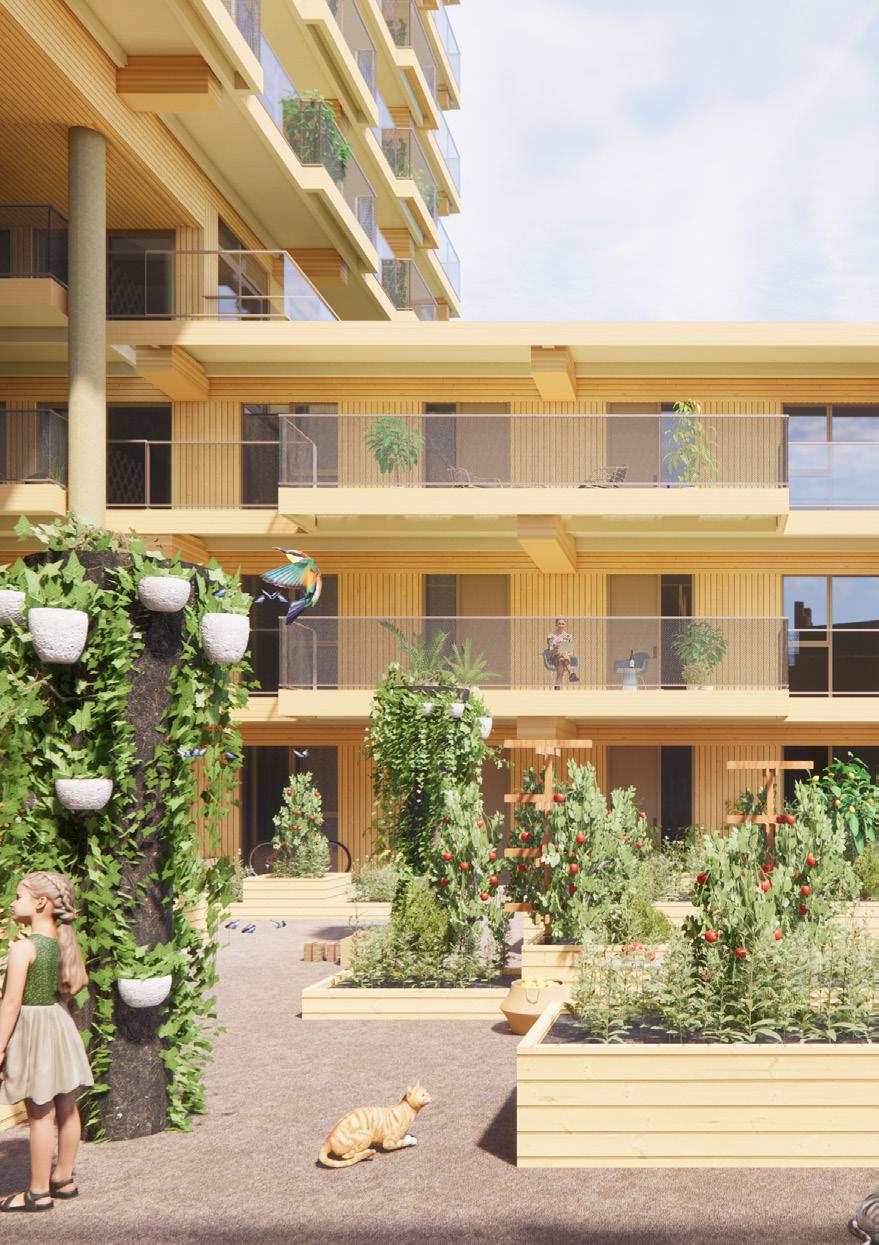
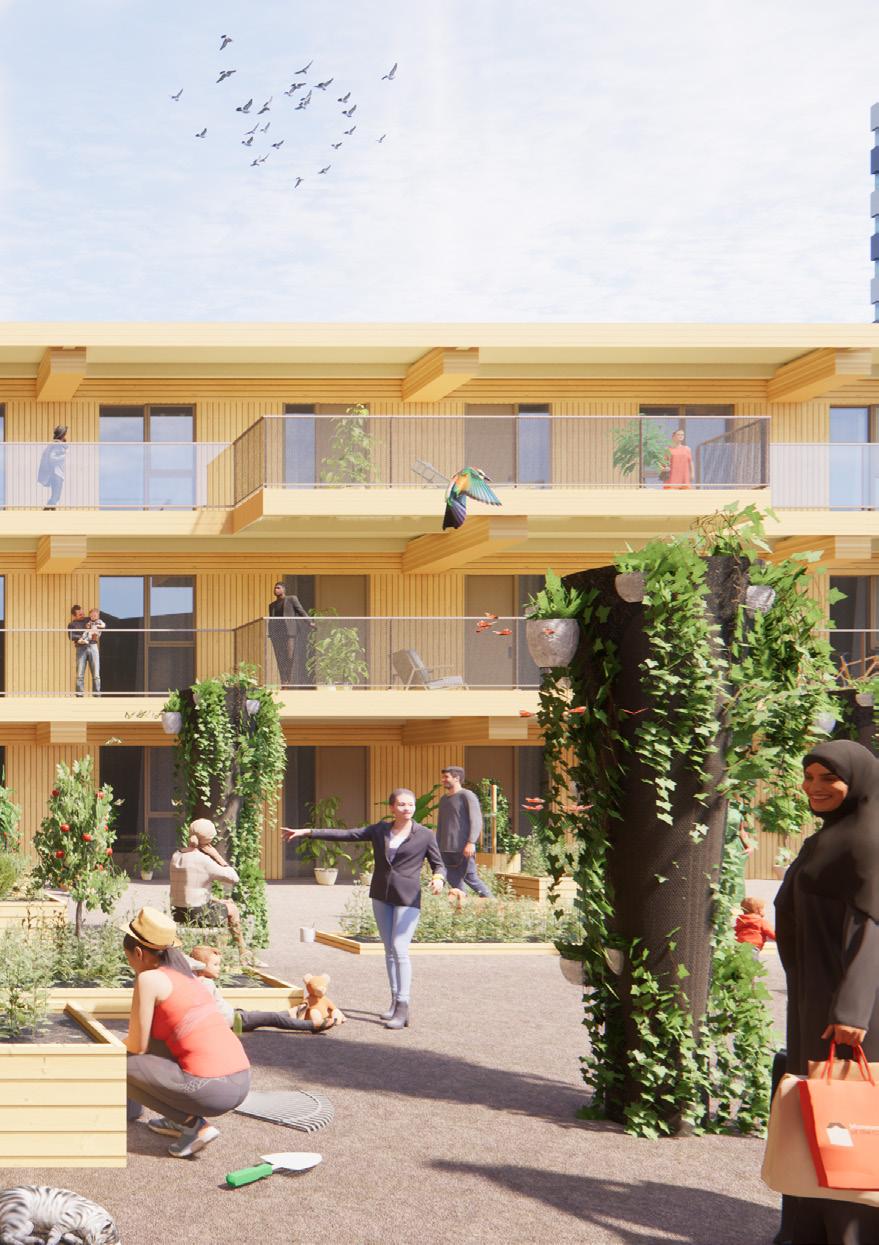
“We build the city with love for the neighborhood and nature. Pioneering in a sustainable, nature-friendly and social way, we develop SAWA from and for the community. With SAWA, we are offering a gift to the city.”
Mark Compeer, NICE Developers
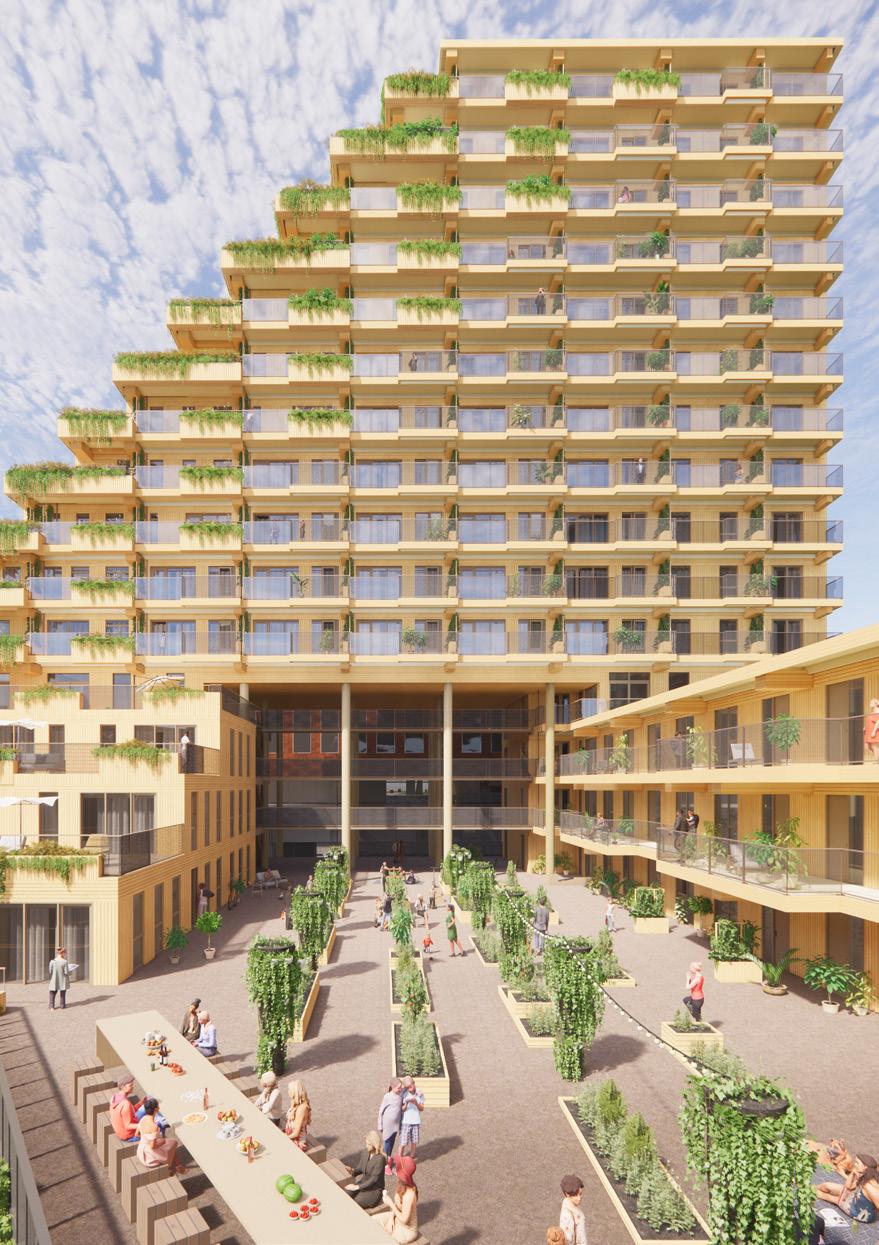
→ Shared facilities for residents
→ Communal, semi-public vegetable garden
→ Centrally located, green meeting place in the neighbourhood
SAWA is being developed in the heart of the Lloydkwartier district. Because of this location, by creating places in the design for encounters and by connecting to existing local initiatives, SAWA will be of added value for the entire district. The plinth of the building will contain various facilities, and the deck will act as a green connector between the building and surrounding green spaces (such as the neighbourhood garden), adding value for both residents and neighbours.
The houses are accessed via a gallery. This form of access was deliberately chosen to encourage contact between the residents. The success of this design choice has already proven itself in many other projects by Mei, such as Fenix I. The residential concept in SAWA is distinguished by various shared functions - such as shared mobility, collective repairroom and vegetable gardenwhich actively create a community.
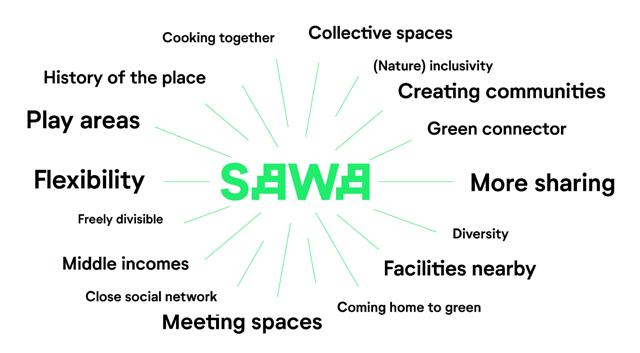
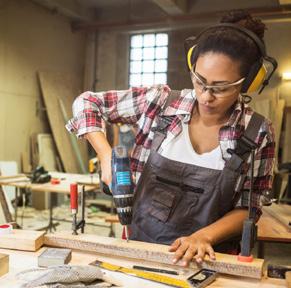
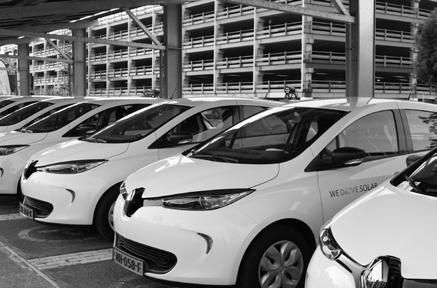
3,000 plants
total of 4,800 tons CO2 stored in wood energy zero circular nature inclusive
600m1 planters
20+ different species
6,000 replanted trees
60% recycled material
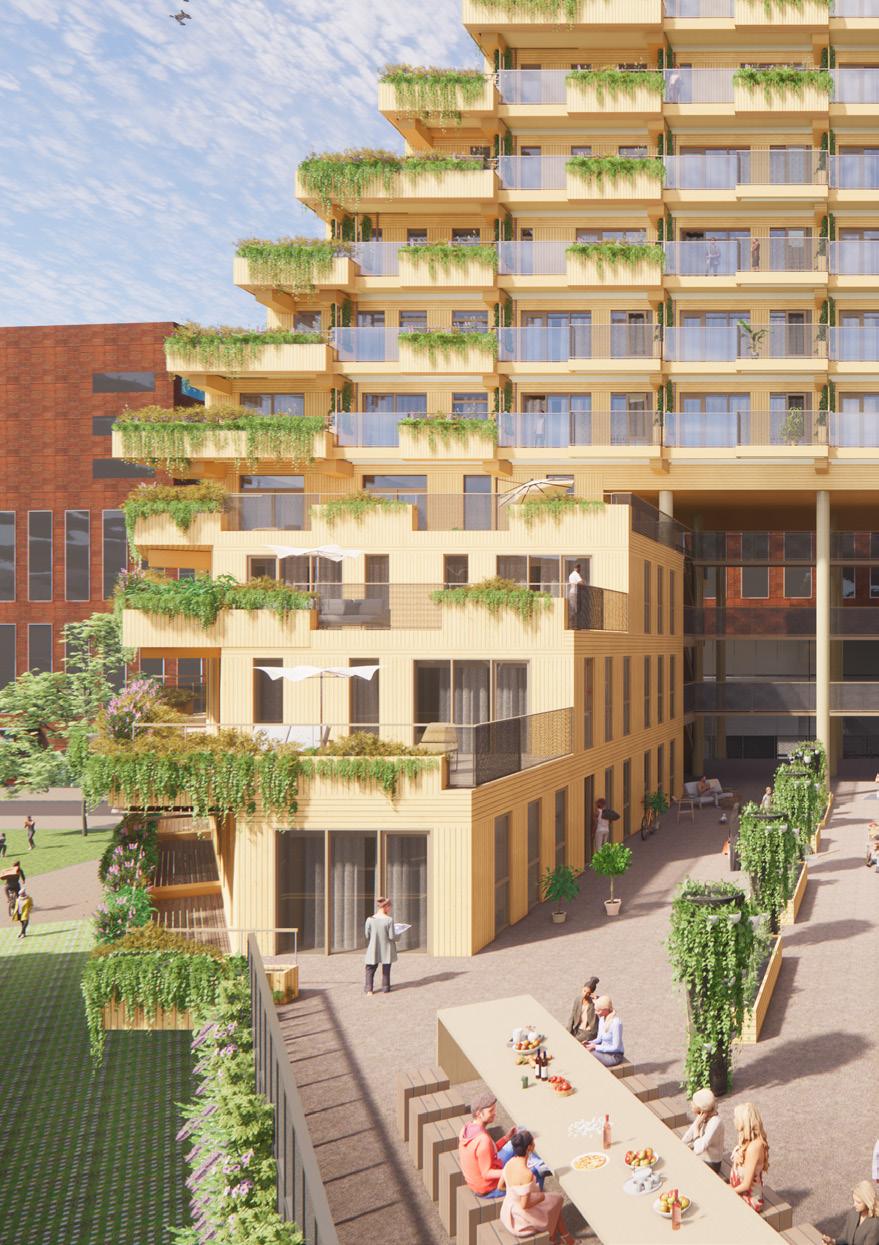
140 nesting boxes for birds, bats, insects
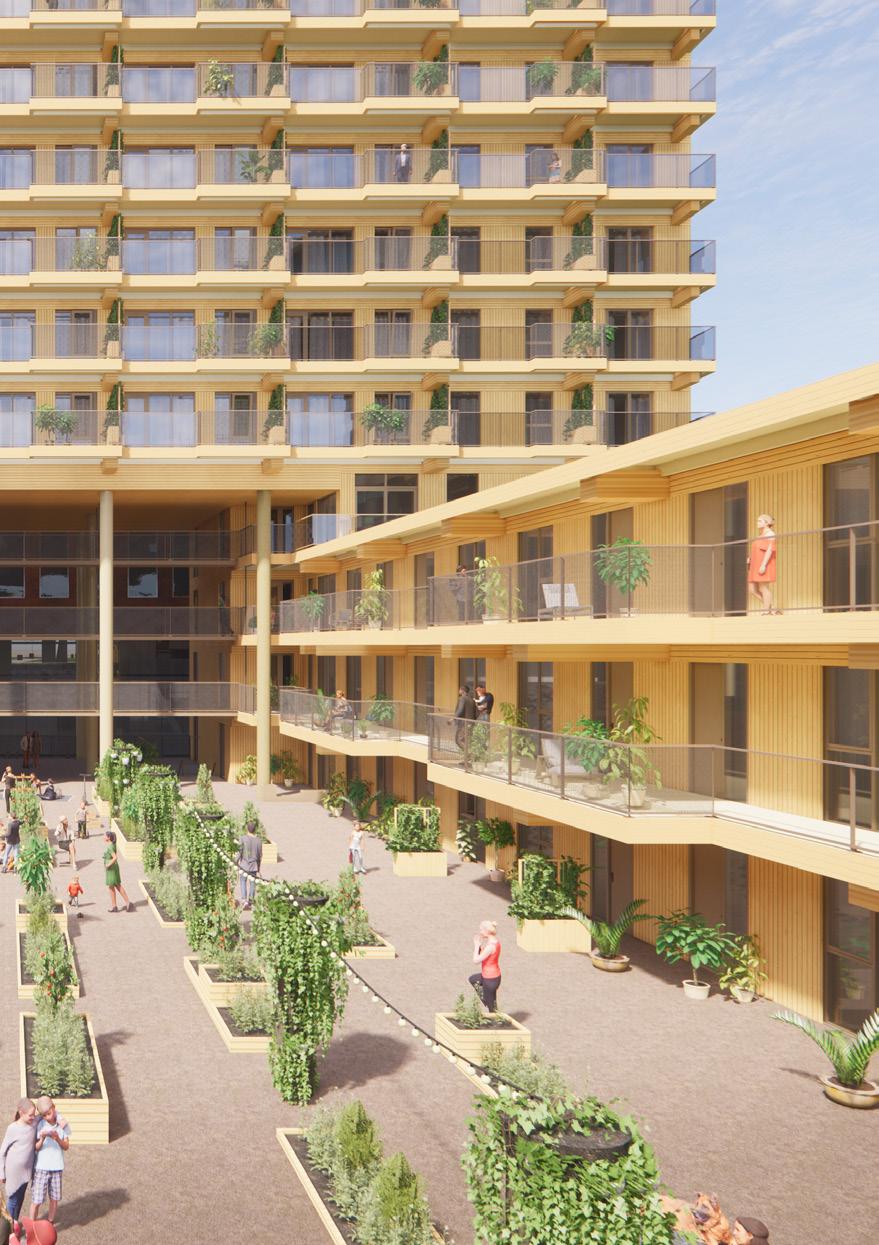
open building
800m2 common deck with vegetable garden
averge of 40m2 outdoor space per shared ownership
50%
mid market rent for an inclusive community
NICE initiates development of Europe’s first circular wooden residential tower on Lloydpier in Rotterdam
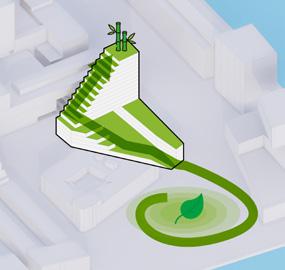
11.2019 Launch SAWA concept
SAWA’s planning permission has been granted with 0 objections to the design! Unique for such a complex development in high-density urban area.
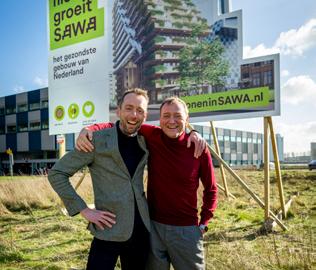
06.2022 Building permit granted
11.2021 Apartment sales start

The 39 houses for sale in
went on sale during a successful and festive information afternoon in NICE Place.
08.2022 Start groundwork
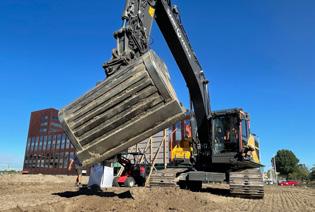
At the start of earthworks, the top layer of earth - full of seeds and roots of local plants - will be excavated and stored to be returned to the brown biodiversity roof after completion.
The test rig allows measurements to be taken to optimise the technical elaboration of SAWA.
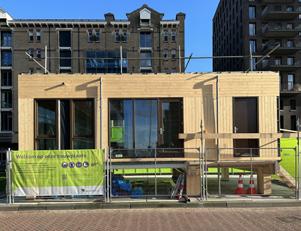
10.2022 Realisation SAWA mock-up
On Monday, 4 March 2024, Alderman Chantal Zeegers of Climate, Construction and Housing will give the official starting signal at SAWA for timber construction by hoisting the first wooden beam onto the columns.
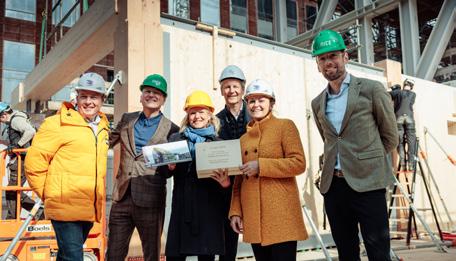
03.2024 Start wood construction
11.2022 Official start of construction
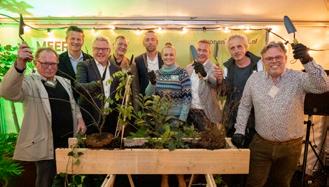
NICE and ERA are filling a SAWA planter together with Mei architects and planners, Focus on Impact, Municipality of Rotterdam and future residents.
09.2024 Highest point
mid 2025
Completion SAWA
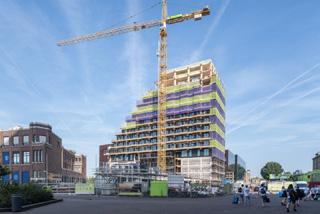
SAWA’s highest point was symbolically marked by the placement of a specially designed nesting box, “the peregrine falcon penthouse,” on SAWA’s roof.
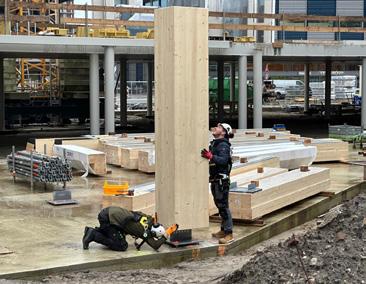
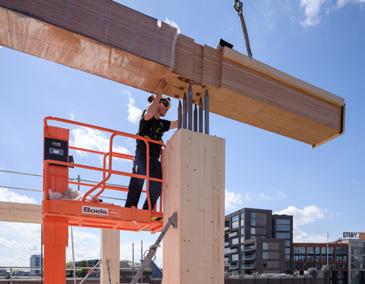

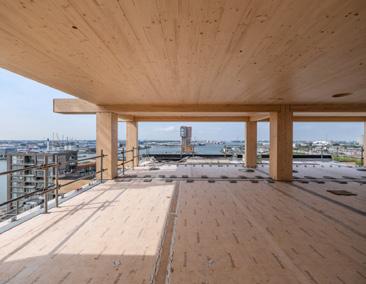
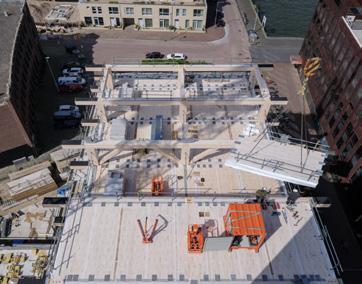
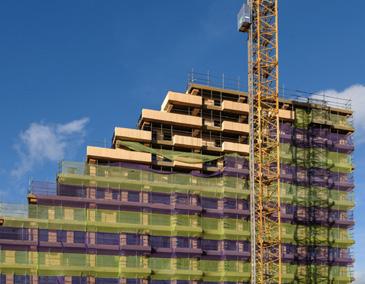
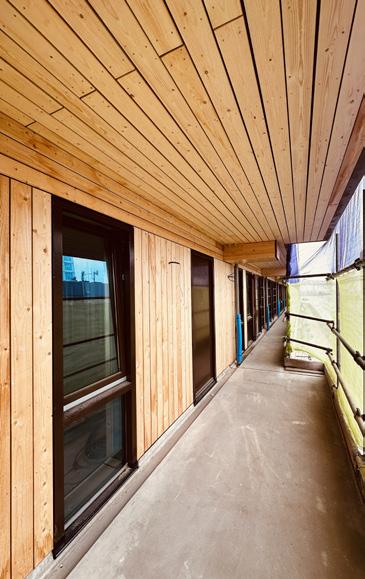
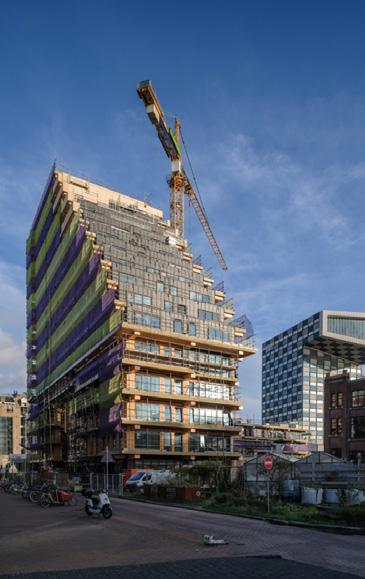
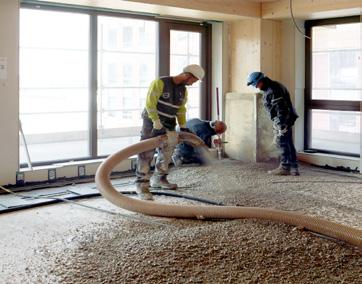
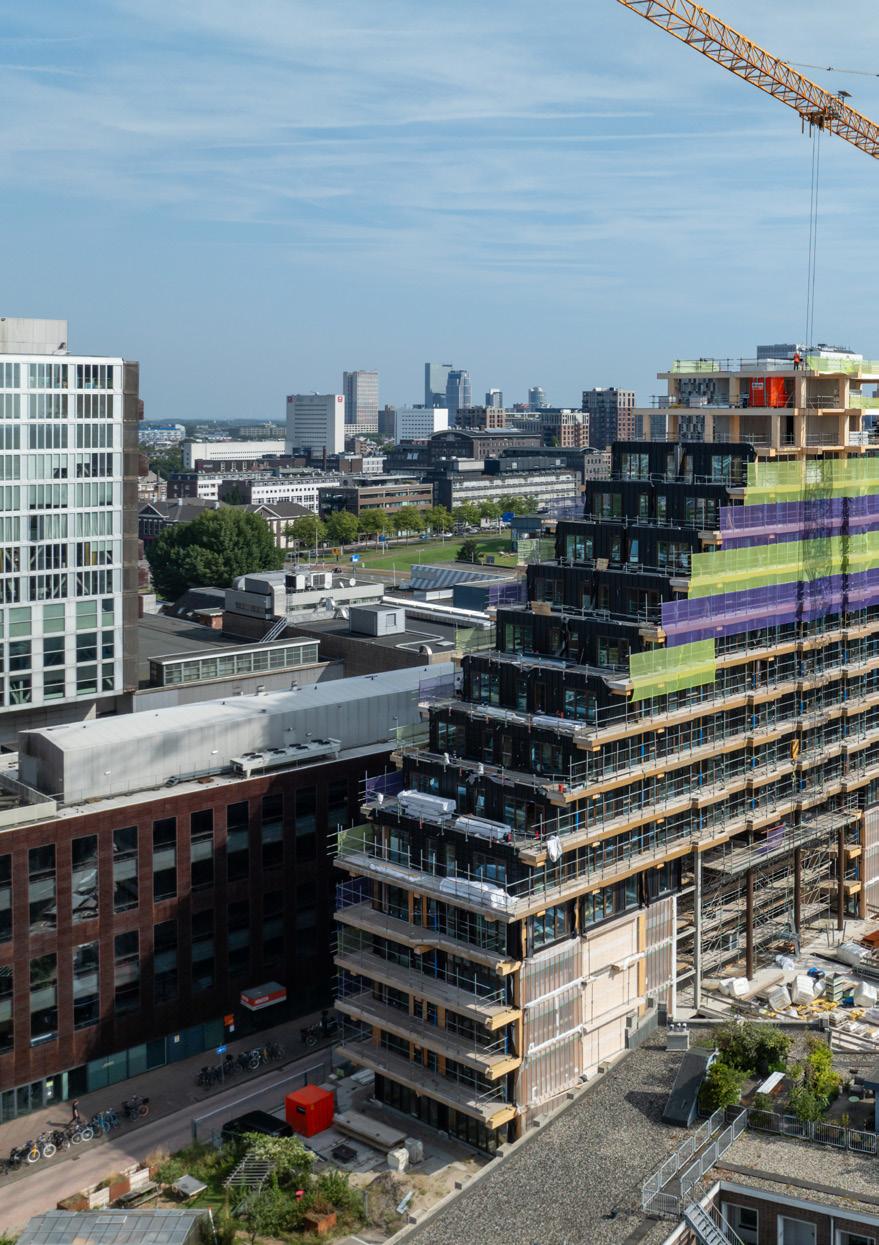
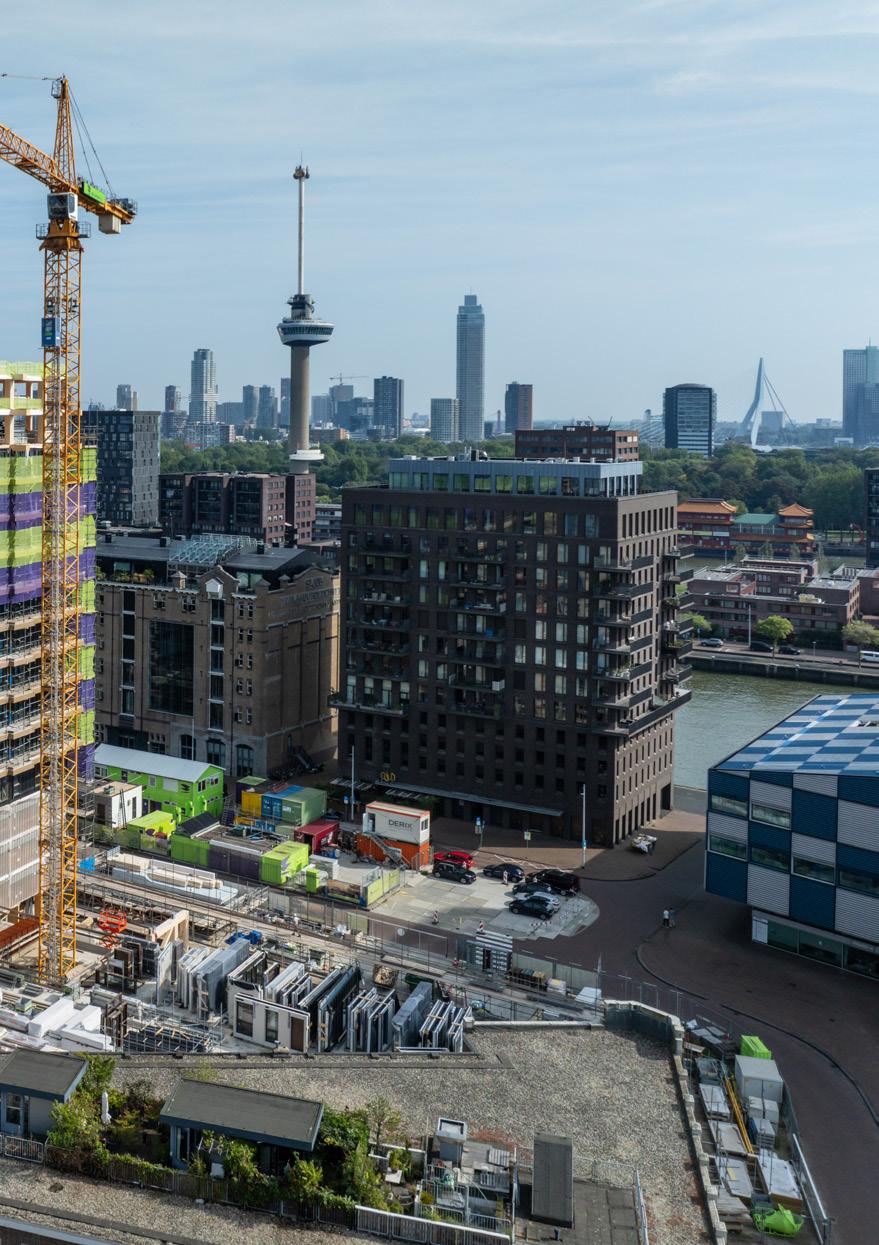
SAWA is the tallest timber circular building in the Netherlands and a pioneering project in Europe. It is the first time this technology has been used to build at this height (15 floors). SAWA is internationally acclaimed for both its high level of innovation and aesthetic excellence.
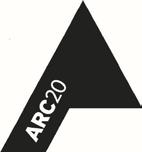
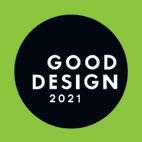
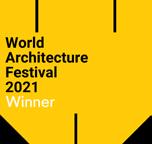
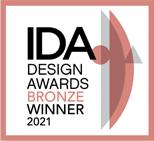
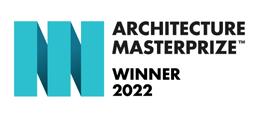

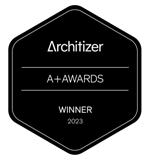
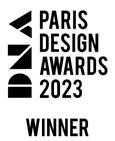

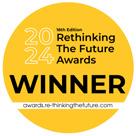
Honorable mention
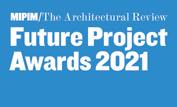

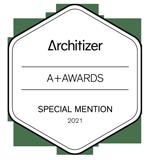
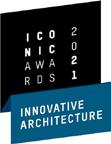


SAWA has been published more than 250 times in local, national and international media since February 2020. Including in the Netherlands, USA, Italy, Spain, Poland, Austria, Germany, Switzerland, UK and France.
Financial Times
“SAWA is paving the way to a climate-conscious future. The challenge for SAWA is to set an example that is impossible for mainstream developers and investors to resist.”
Domus
“Focused on circular timber construction, biodiversity and health, SAWA, designed by Mei Architects and Planners in Rotterdam, aims to prove that humans can built and live in a sustainable way.”
Het Financieele Dagblad (FD)
“This residential tower in Rotterdam really has all the boxes: it is sustainable, made of wood, circular, demountable, inclusive, affordable, social and healthy, because it is designed according to the laws of biophilia, which preaches more nature in the built environment.”
Triodos
“Residential tower SAWA pushes the boundaries of timber construction.”
De Architect, jury ARC20 award
“SAWA is relevant and promising because of the scale of wood construction. It will be the most innovative, tallest timber building in the Netherlands. This is a new concept, smart and aesthetic, energy saving and possibly the tipping point in the wood building revolution.”
Archivibe
“Mei commits to contributing to a healthy living environment, and working with timber increases the possibilities for nature-inclusive solutions.”
AD newspaper
“The Rotterdam firm is realizing SAWA, an first all-timber residential complex. By working with CLT, CO2 emissions and consstruction time are being reduced.”
Architectenweb
“With SAWA, Mei proposes an alternative solution to contributing to a healthy living climate.”
De Architect
“SAWA will be exemplary for new generations. It is an important step towards sustainability goals and demonstrable evidence that things can be done differently.”
Houtwereld
“The architectural firm strongly cares about meeting the latest sustainability goals, regarding the European Green Deal, UN Sustainable Development Goals and the municipality of Rotterdam.”
Cobouw
“The extraordinary bearing construction from CLT makes SAWA completely dismountable and circular.”
Discover Benelux
“Not only is SAWA the healthiest building in the Netherlands, but it is also a beacon of hope for other cities dealing with the same challenges.... SAWA stands as a testament to what is possible when a positive solutions-based approach unfolds.”
It is undeniable that building according to the current model is no longer sustainable. This requires immediate action! As far as NICE is concerned, Paris Proof building, with a strong emphasis on community and well-being, is the new standard. This requires a radically new approach, flawless collaboration and a willingness to redefine standards. It requires sacrifice, including settling for less profit, but is certainly achievable for those with determination.
For founders and developers Robert Winkel and Mark Compeer, the change they are working on is both much needed and a life mission. NICE Developers does not wait for this change, but actively contributes to it by proving that it is possible to develop and build differently. With the realisation of Paris Proof residential buildings and their own (wooden) building concept, for instance. The award-winning residential building SAWA is the first circular wooden highrise project in Europe. And more will follow!
‘The need is there. The viable business case is there. What are we waiting for!” say Robert and Mark.
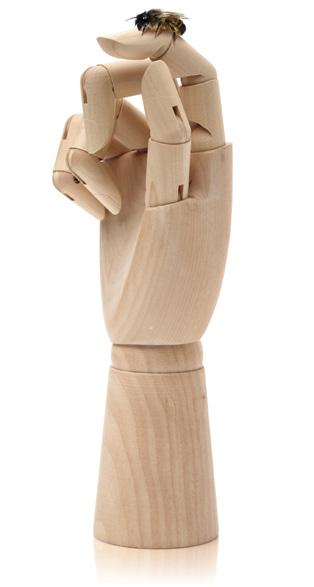
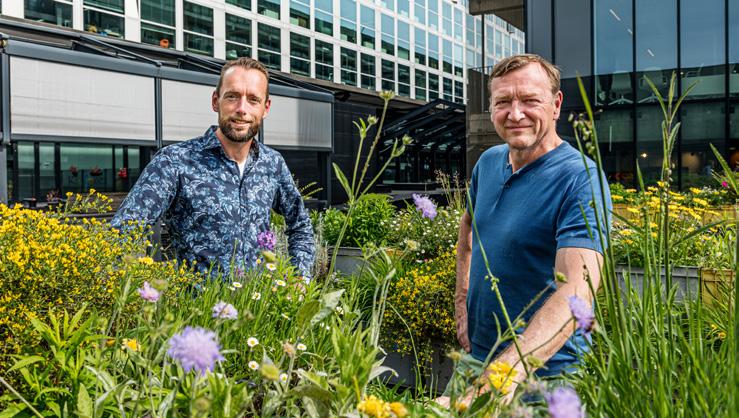
During the construction of SAWA, NICE developers travels in the footprints of SAWA’s materials. Aiming to witness first-hand how sustainable the production process actually is. Mark and Robert of NICE seek answers to questions such as: Where does SAWA’s wood originate from? Are the trees being harvested sustainably? And how is the CLT produced in a sustainable way? Watch the episodes on Vimeo via the QR code.
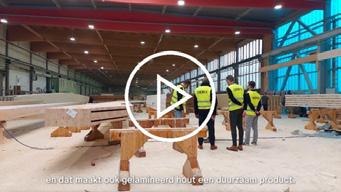

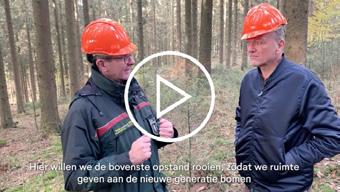
Would you like to know more about SAWA? Or would you like to visit SAWA’s mock-up and view construction site? For groups of professionals or students (from about 8 people) Mei and NICE are happy to organize a SAWA experience in NICE Place or on location.
Send an email to: pr@nicedevelopers.nl of pr@mei-arch.eu

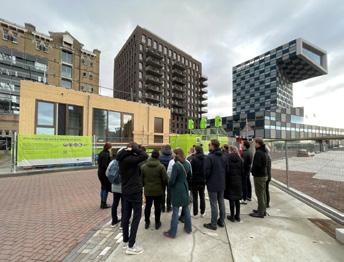
With a proven timber building concept, NICE Developers proves that sustainable, circular timber high-rise buildings can go hand in hand with beautiful design and a viable business case. This new standard ensures Paris Proof residential buildings. Choosing the NICE Concept therefore means choosing a better future.
Building in wood is not about a temporary trend, but about a new way of looking, thinking and acting. This is confirmed by new laws and regulations worldwide. From 2025, for instance, the Amsterdam region will carry out 20% of its housing production in timber construction, rising to 50% in 2050.
Any municipality, housing corporation or investor who feels responsible for the future will invest exclusively in Paris Proof residential buildings. In order to contribute to a sustainable future. With the aim of reducing CO2 emissions, contributing to more biodiversity, creating accessible housing for all income groups and combating loneliness. These are all social issues of today and tomorrow.
❶ Climate-friendly
Thanks to timber construction and the use of bio-based and recycled materials, NICE Buildings have a lower footprint and store CO2 instead of emitting it.
❷ Socially inclusive
By uniting various income groups in a mix of affordable housing in the social and mid-rent segment and free-sector housing as well as including communal functions in the design, NICE contributes to a socially inclusive society.
❸ Promoting biodiversity
By developing green buildings, we contribute to improving biodiversity.
❹ Future-proof and circular
The NICE Concept is based on the adaptable principle of ‘open construction’. The concept is also circular, as the buildings are designed and constructed to be demountable.
❺ Feasible and fast
Building in wood offers opportunities for a fundamental change in the development and construction chain, allowing the NICE Concept to be faster and competitive compared to traditional (concrete) construction.





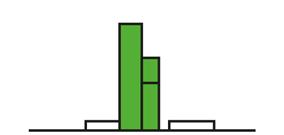


The NICE Tower, with an impressive height of 140 meters high and constructed entirely of wood, is the next step in the revolution of circular wooden high-rise buildings. The tower derives its stability from the wooden braces in the façade and the wooden elevator core, is completely biobased and free of concrete from the first floor to the elevator core and supporting structure. As a result, the CO2-emissions drastically reduced compared to traditional concrete buildings and helps combat global warming.
The scarcity of building land and growing demand for urban housing requires smart solutions and extra attention to housing quality. High-rise buildings offer an effective answer to the lack of space in inner-city areas and are both financially and in terms of CO2-emissions efficiently as it utilizes existing urban infrastructure. With a diverse, inclusive residential program and its stepped form with communal roof terraces, the NICE Tower provides space for meeting and connection. With its nature-inclusive design, the tower connects to ecological structures and promotes biodiversity in the city.
With a height of 140 meters, a groundbreaking achievement, NICE proves that sustainable, innovative and social construction is possible on this scale. The NICE Tower takes timber construction to a whole new level and demonstrates that timber construction can rise to unprecedented heights.
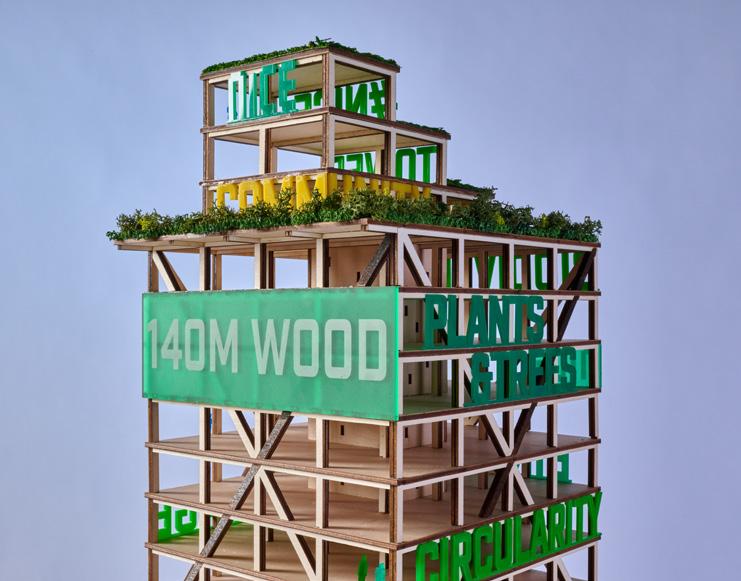
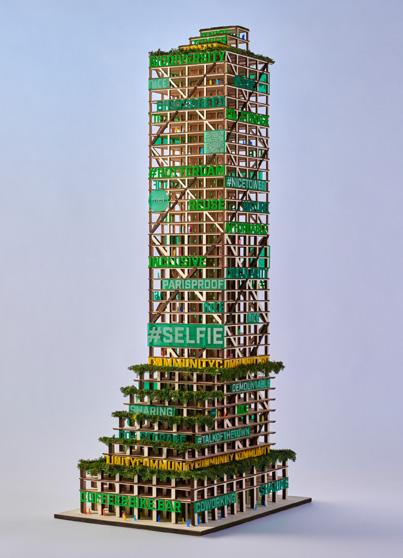
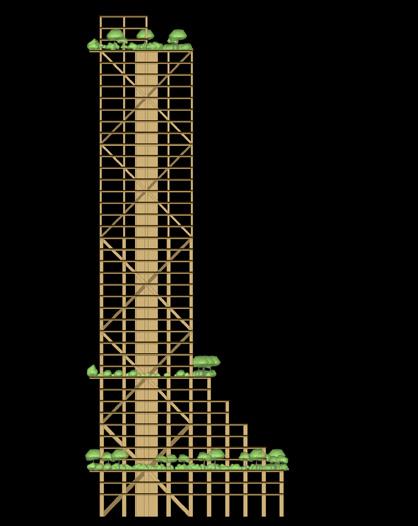
From opportunities to challenges: why timber construction is the way to carbon-neutral building
SAWA is featured in detail in a special NTR broadcast as the example of how we need to build more in the future if we want to reduce CO2 emissions and be CO2 neutral by 2050.
Missed the broadcast?
Watch back the episode on NPO Start or the NTR website.
(Dutch audio)

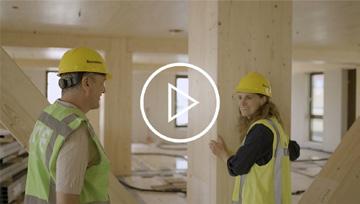


Rotterdam
existing & new
approx. 9.000 sqm
residential (social) + care
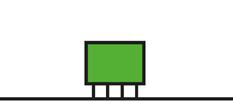
Rotterdam
new build
approx. 7.000 sqm
residential + working
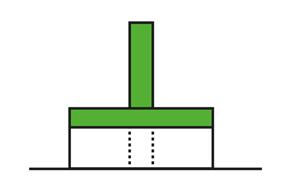
Eindhoven
existing & new
approx. 25.000 sqm
residential + working

Rotterdam
existing & new approx. 16.000 sqm residential + working + facilities

Regio Eindhoven
new build
approx. 10.000 sqm
residential + care + facilities
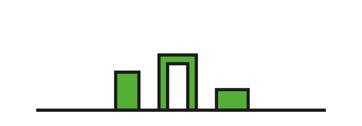
existing & new
approx. 25.000 sqm
residential + care
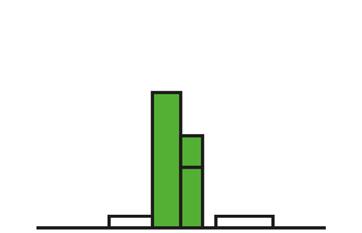
new build
70 to 100m high
residential (social, midrent and free sector) + working + facilities

existing & new
approx. 34.000 sqm
residential (social, midrent and free sector) + working + facilities
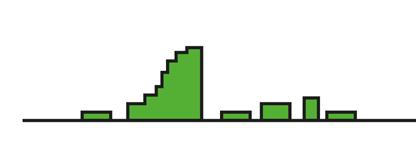
new build
Eco-district, approx. 30 hectare: residential (social, midrent and free sector) + working + facilities
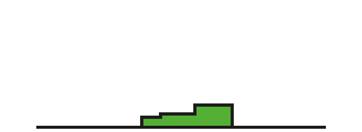
new build
approx. 8.000 sqm
residential (social)
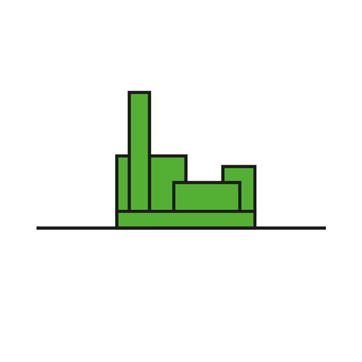
new build
approx. 15.000 sqm
residential + working + facilities
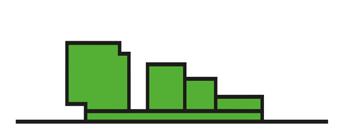
new build
approx. 10.000 sqm
residential (social)
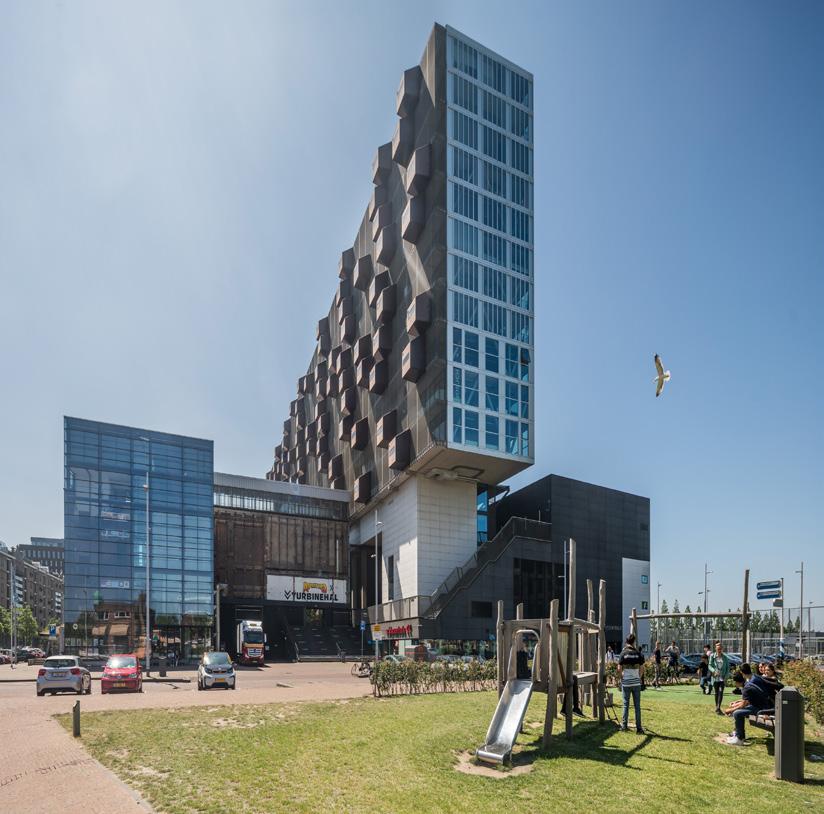

Mei architects and planners realises leading projects in the Netherlands and abroad. Our work is founded on respect for the environment: for the history of the location, the current context and future living environment. Based on our expertise in the field of adaptive re-use of architectural heritage, new build projects and urban development strategies, we work on designs that put the user first. Our distinct designs tell their own story, which increases the involvement with the building and the connection between its users. With creativity, expertise and courage, we introduce innovative technical applications and user concepts that contribute to social and ecological sustainability.
Mei was founded by Robert Winkel, who leads the firm together with Michiel van Loon and Robert Platje. Established in Rotterdam, we work with an ambitious, international team on assignments in the Netherlands, France, Germany, and Norway, among other countries. The office structure is based on the knowledge divisions of Building Transformation, New Construction and Urban Development, within which research is fostered and knowledge is secured. To further increase brain power and decisiveness, Mei seeks collaboration with various parties in the field, from experts in the area of urban nature to the building materials industry.
Mei’s work has been widely published and awarded. Mei is known for transformation projects such as Fenix I and Jobsveem in Rotterdam and the Cheese Warehouse in Gouda. Currently, Mei is working on the iconic redevelopment of the Gasometer in Münster (DE). At the urban planning level, Mei specialises in complex inner-city and redevelopment projects. Mei designs dynamic master plans both domestically and abroad, such as in Lloydkwartier in Rotterdam and Kabeldistrict in Delft. Examples of Mei’s iconic new-build projects include Schiecentrale 4B and the McDonald’s pavilion on Coolsingel in Rotterdam. With the design and development of SAWA, Europe’s first all-wood and circular residential building in Rotterdam, Mei is showing itself to be a forerunner in nature-inclusive and Paris Proof housing design.
